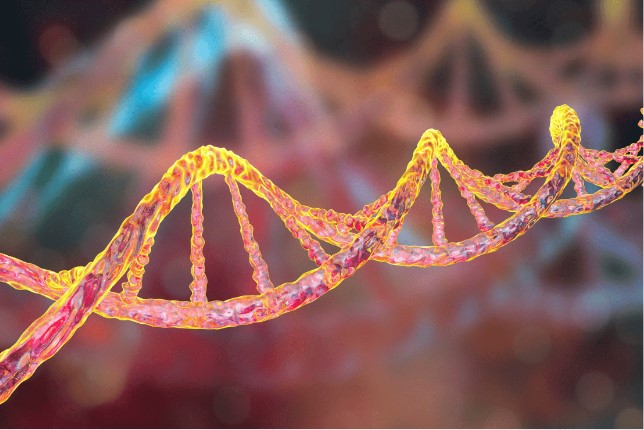The realm of genetics has witnessed groundbreaking advancements in the past few decades. One of the most promising areas is gene therapy, especially its applications in treating vision disorders.
Gene Therapy: A Primer
At its core, gene therapy alters or introduces genetic material to treat or prevent diseases. Think of our genes as a vast library; sometimes, a book (gene) might have an error (mutation). Gene therapy aims to correct this error, ensuring the story (cell function) flows seamlessly.
Application in Vision Disorders
The eye is an ideal organ for gene therapy because it’s relatively self-contained, minimizing the risk of introduced genes reaching other parts of the body. This makes treatments more targeted and efficient.
Inherited retinal disorders (IRDs), for instance, often arise from gene mutations. With gene therapy, a correct version of the faulty gene can be introduced to retinal cells, potentially halting or even reversing the disease’s progress.
Although only a few gene therapies are currently FDA-approved, many clinical trials are underway. As the field progresses, we might see treatments for conditions previously deemed untreatable.
The Road Ahead
Gene therapy offers incredible potential. However, it’s essential to approach it with informed optimism. While it holds the promise of treatment, factors like treatment costs, accessibility, and potential side effects are also considerations.

